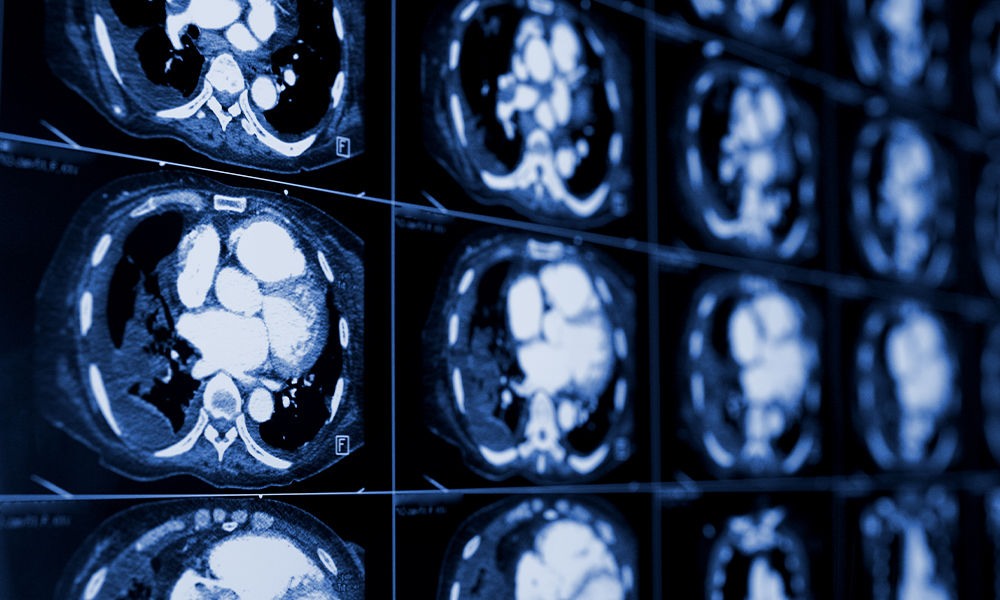

The parameter “ b value” decides the diffusion weighting and is expressed in s/mm 2. In a DWI sequence diffusion sensitization gradients are applied on either side of the 180° refocusing pulse. Early work by Moseley et al and Warach et al established DWI as a cornerstone for early detection of acute stroke. EPI based diffusion sequences were fast and solved the problems of motion artifacts. It was not until the availability of Echo-Planar Imaging (EPI) in the early 1990s, that DWI could become a reality in the field of clinical imaging. Firstly diffusion MRI was a very slow method and it was very sensitive to motion artifacts due to respiration. It was a challenging task to integrate the diffusion encoding gradients in to the conventional sequences and initial experience in the liver with a 0.5T scanner was very disappointing. Based on the pioneering work of Stejskal and Tanner in the 1960s, he thought that diffusion encoding could be accomplished using specific magnetic gradient pulses. He hypothesized that a molecular diffusion measurement would result in low values for solid tumors, because of restriction of molecular movement. In 1984, before MRI contrast became available, Denis Le Bihan, tried to differentiate liver tumors from angiomas. Diffusion weighted imaging (DWI) was a result of such efforts by researchers like Stejskal, Tanner and Le Bihan. After initial focus on T1 and T2 relaxation properties researchers explored other methods to generate contrast exploiting other properties of water molecules. MRI provided an excellent contrast resolution not only from tissue (proton) density, but also from tissue relaxation properties.

In 1970s, the work of Lauterbur PC, Mansfield P and Ernst R, modern clinical MRI came into the field of medicine. Initial evolution of diagnostic imaging focussed on tissue density function for signal contrast generation. The goal of all imaging procedures is generation of an image contrast with a good spatial resolution. Technical evolution of diffusion weighted imaging Diffusion tensor imaging (DTI) exploits this property to produce micro-architectural detail of white matter tracts and provides information about white matter integrity. Water diffusion is anisotropic in brain white matter, because axon membranes limit molecular movement perpendicular to the fibers. It adds a new dimension to the magnetic resonance imaging (MRI) examinations by adding functional information to the largely anatomical information gathered by the conventional sequences. Diffusion weighted imaging provides qualitative and quantitative information about the diffusion properties. For example in high grade malignancies and acutely infarcted tissues, intracellular proportion is increased, so the diffusion becomes relatively more restricted. The relative proportion of the water distribution between these compartments is affected by the pathologic processes. Different tissues of the human body have a characteristic cellular architecture and proportions of intra and extracellular compartments and hence have characteristic diffusion properties.
#Imaging free#
Water molecules in extracellular environments experience relatively free diffusion while intracellular molecules show relatively “restricted diffusion”. But in a complex environment of human body, water is divided between cells and extracellular compartments. In a perfectly homogenous medium diffusion is random and isotropic i.e., equal probability in all directions. Diffusion is the random Brownian motion of the molecules driven by thermal energy. Approximately 60%-70% of the human body is composed of water.


 0 kommentar(er)
0 kommentar(er)
